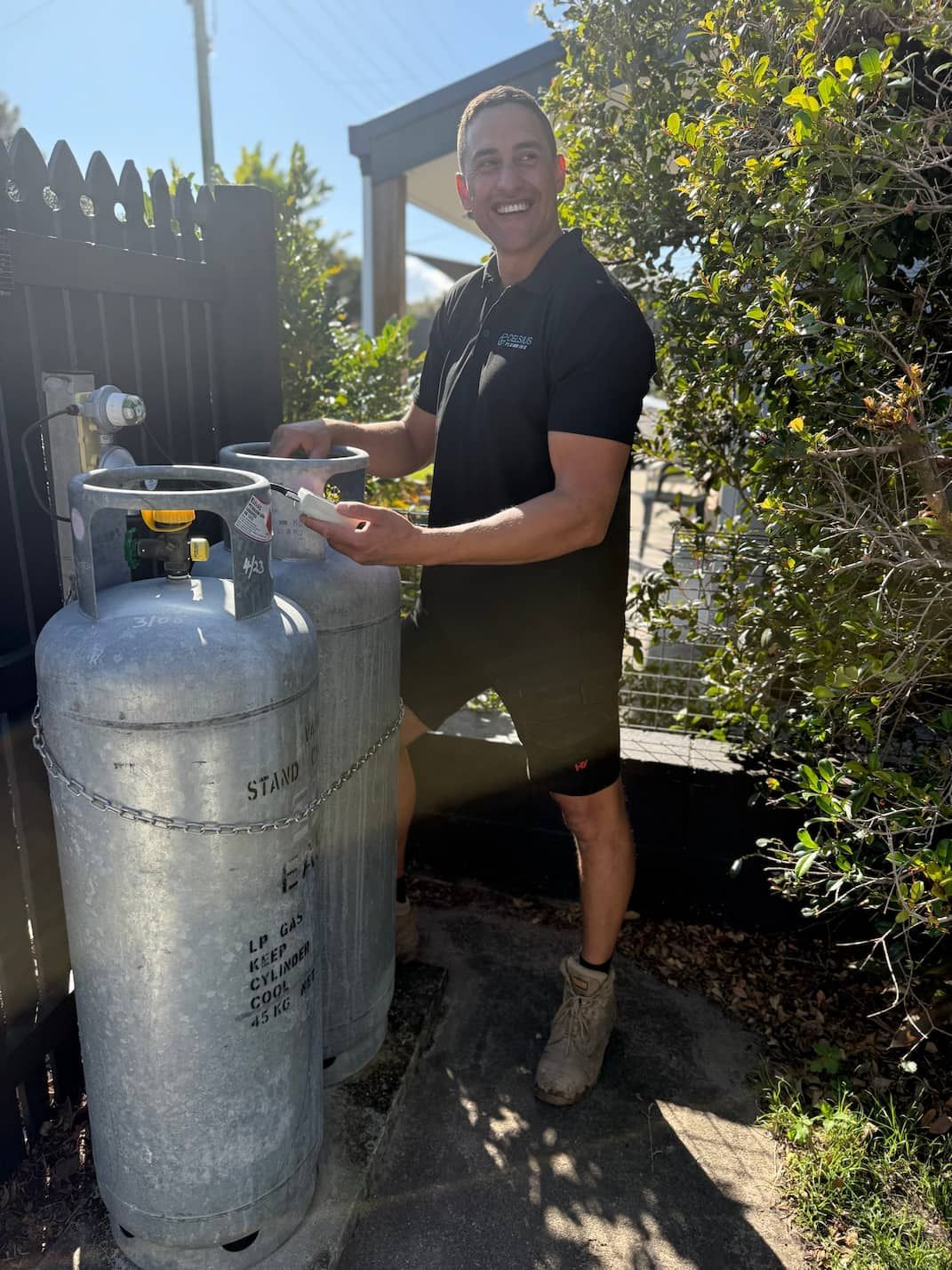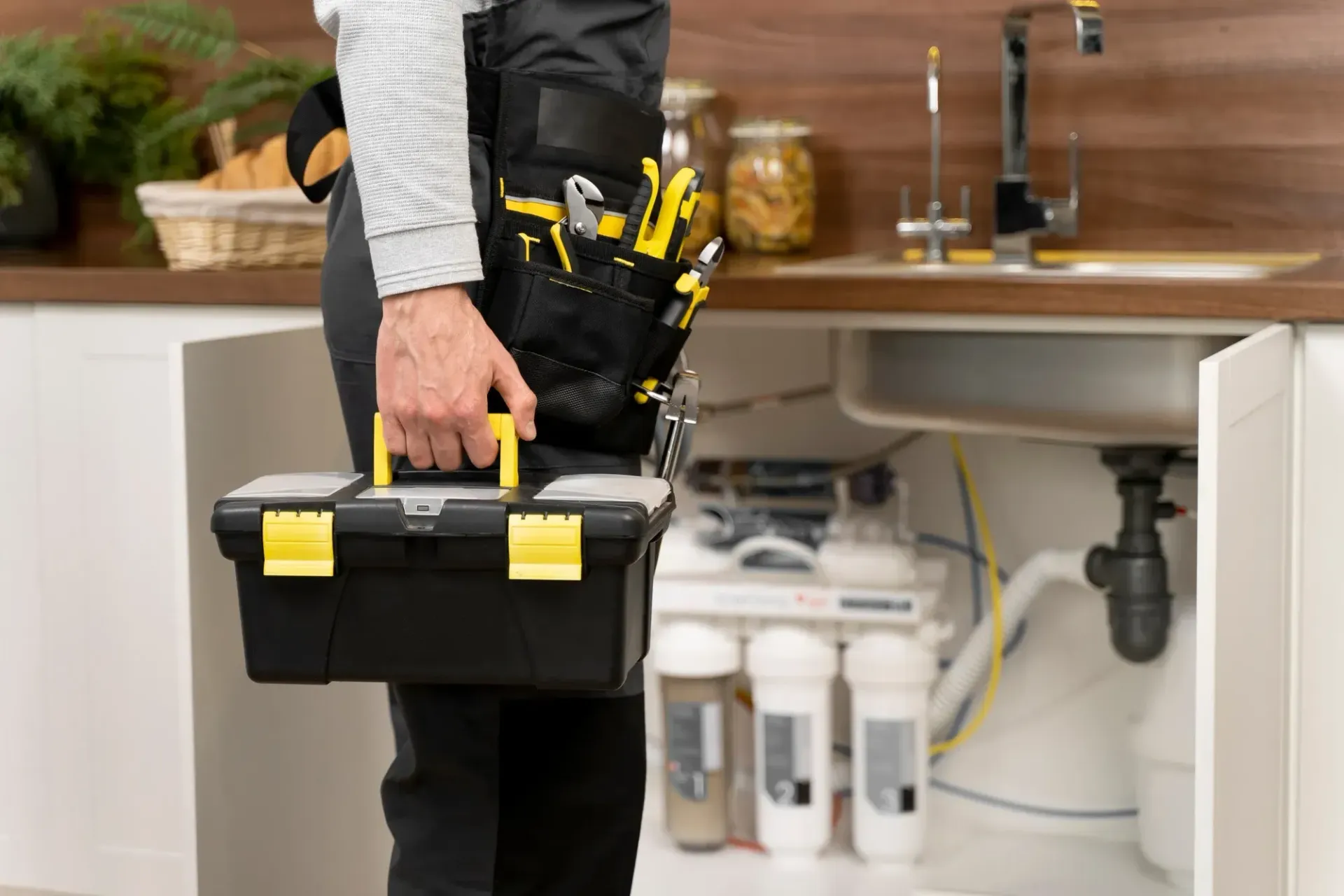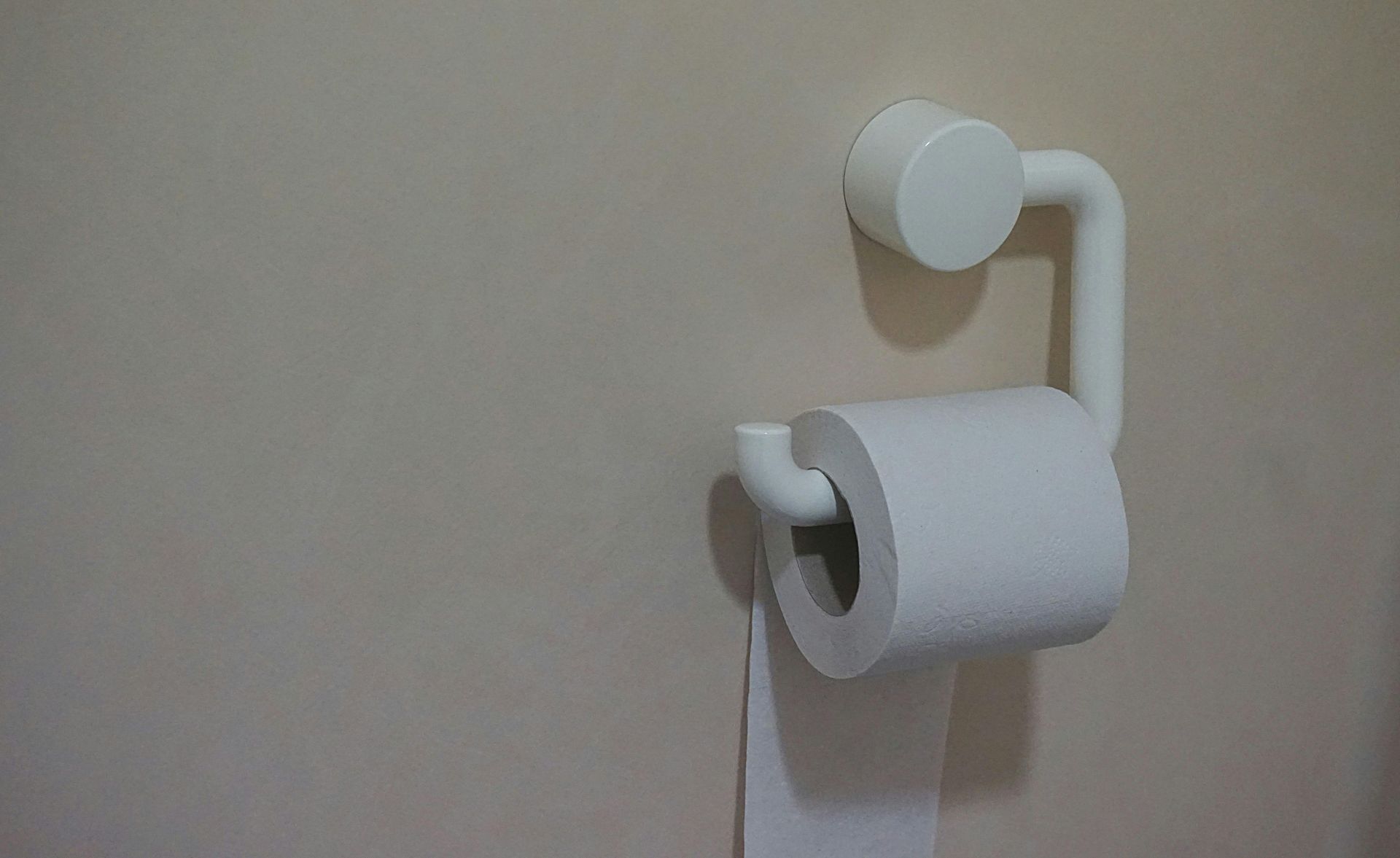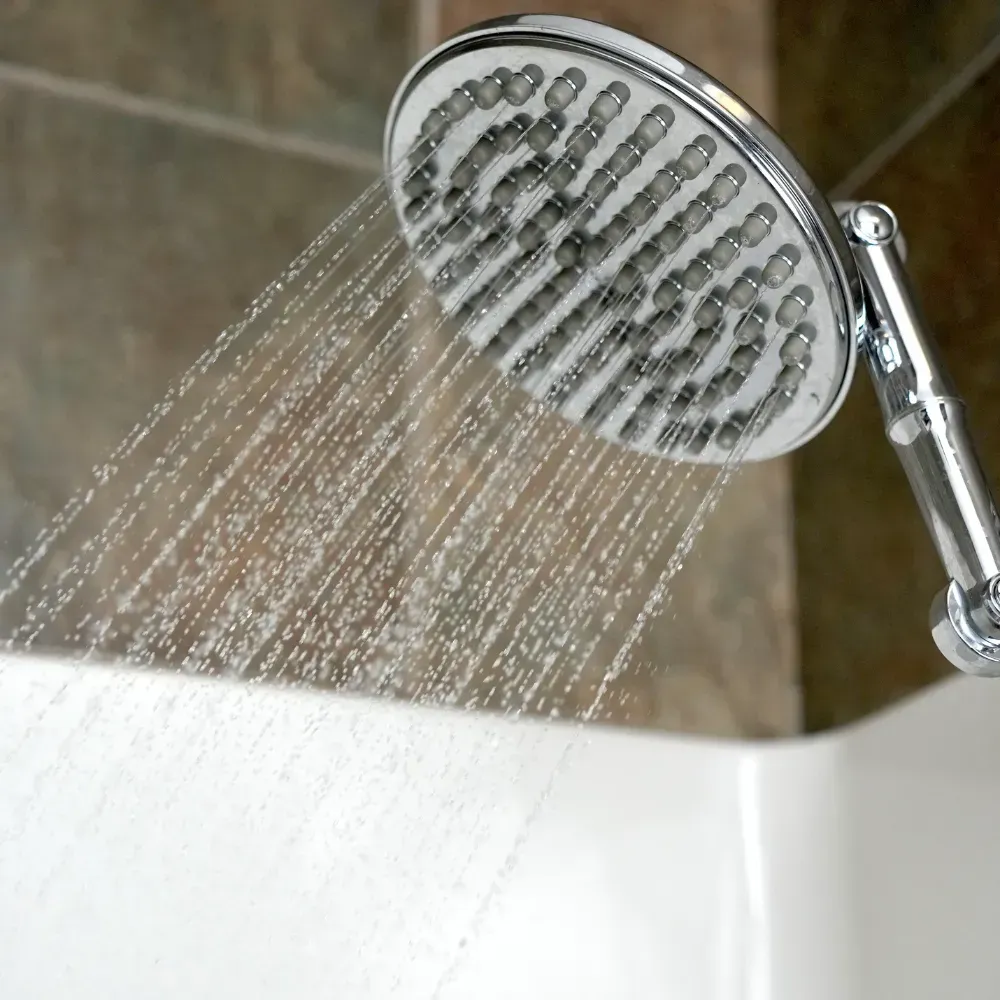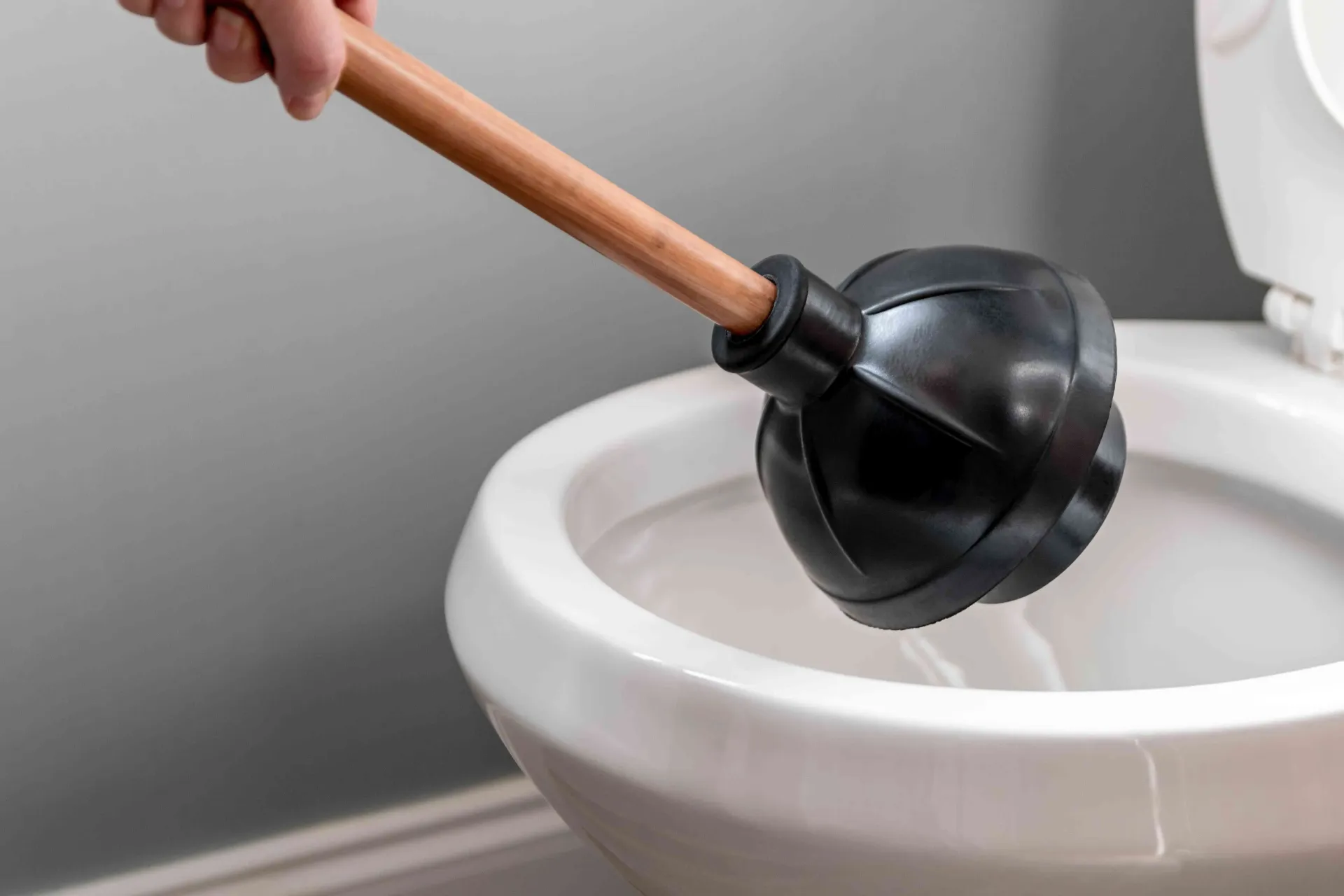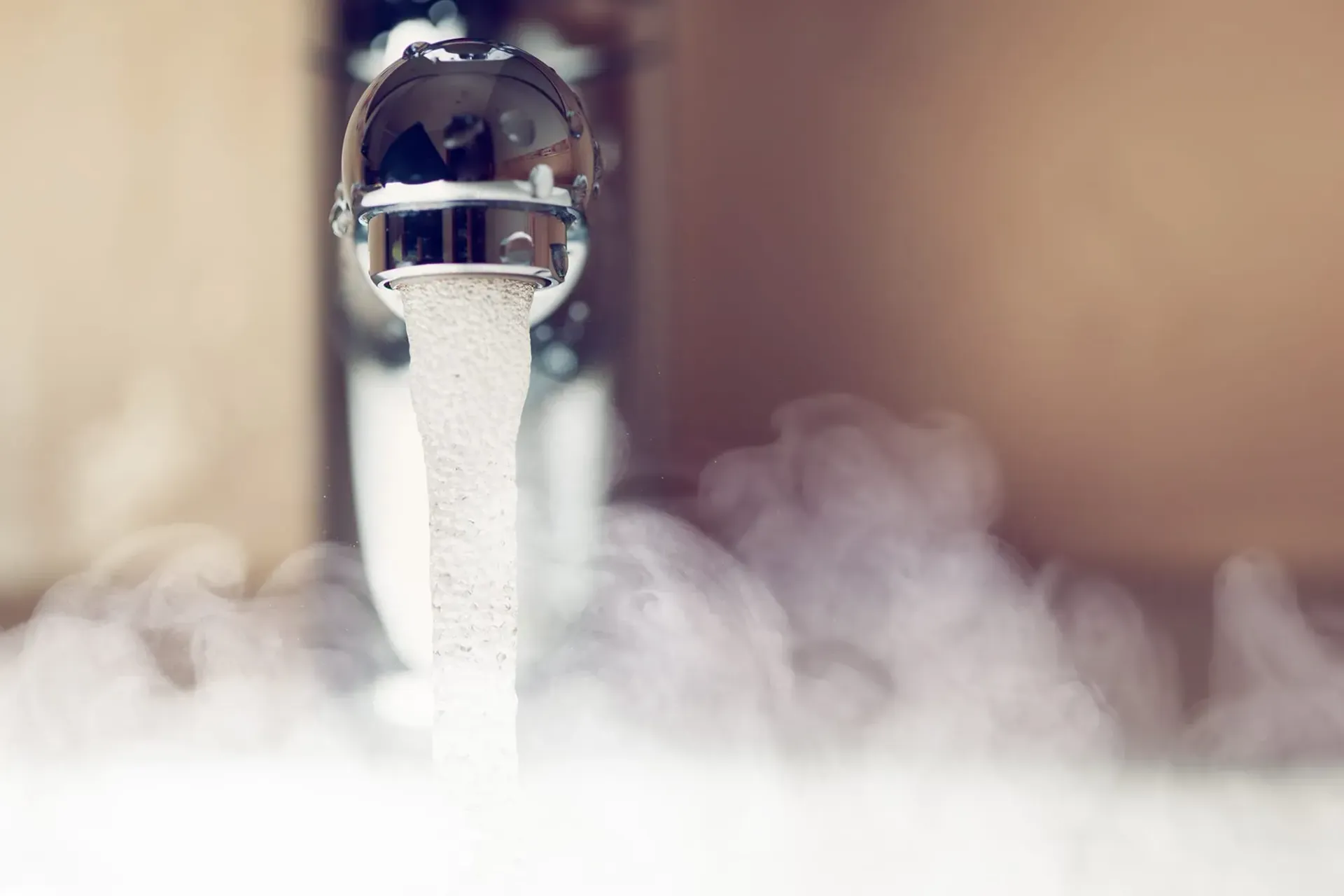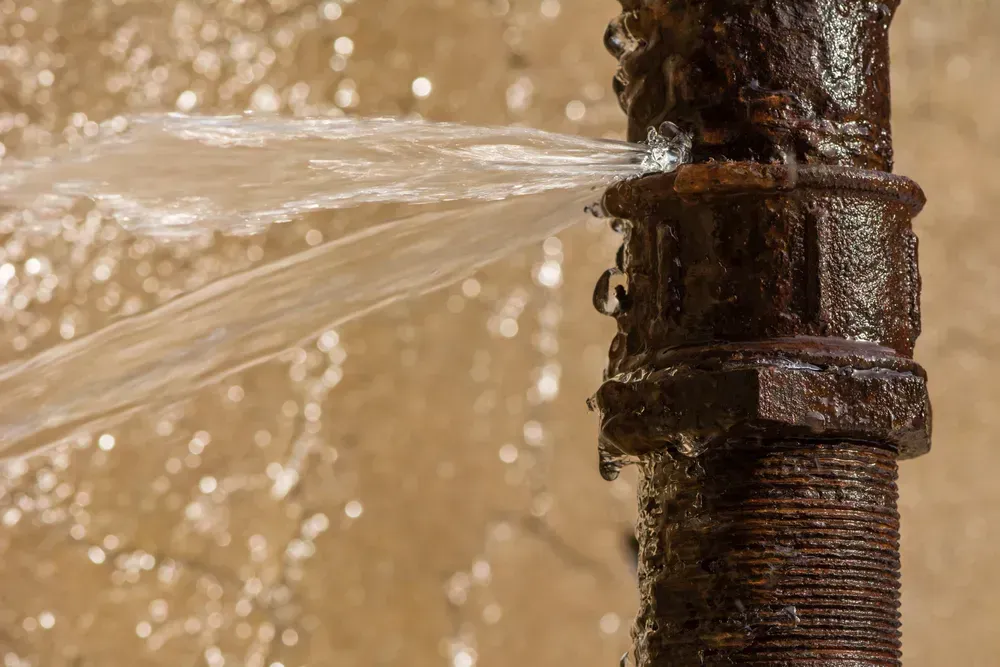What To Do In a Plumbing Emergency
Plumbing emergencies often happen without warning. A burst pipe, overflowing toilet, or sudden leak can quickly lead to water damage, stress, and costly repairs if not handled correctly. In those first few minutes, knowing what to do can make all the difference. Here’s a simple step-by-step guide on what to do in a plumbing emergency to protect your home and minimise the damage.
1. Turn Off the Water Supply
The first and most important step is to stop the flow of water. For many plumbing emergencies, you can do this by turning off the water at the closest isolation valve. For example, toilets, sinks and dishwashers usually have a small tap underneath or behind them.
If the issue is major—such as a burst pipe—locate your home’s main water meter and turn it off at the stop valve. This will shut off the water supply to your entire property and immediately prevent more water from spreading.
2. Switch Off Electricity Near the Affected Area
Water and electricity are a dangerous combination. If flooding or leaking is occurring near electrical outlets, appliances or lights, switch off the power in that area. If you are unsure which circuit it is, turn off the main switchboard until a licensed professional arrives. Your safety should always come first.
3. Contain the Leak Where Possible
After stopping the water flow, try to reduce further damage by containing any remaining water. You can:
- Use buckets, towels, or mops to absorb or collect leaking water
- Place waterproof sheets or containers under drips
- Move furniture and valuables out of harm’s way
- Quick action can help prevent damage to flooring, cabinetry, plaster, and electrical systems.
4. Avoid DIY Fixes on Major Problems
While it can be tempting to “fix” the problem yourself, major plumbing emergencies should be left to a licensed plumber. Temporary DIY solutions can sometimes make the situation worse, void insurance, or lead to expensive repairs later. The best thing you can do is stabilise the situation and wait for a professional.
5. Call an Emergency Plumber
As soon as the situation is under control, call an emergency plumber. Explain what has happened, when it started, and whether you’ve turned off the water and power. The more detail you provide, the faster they can diagnose the issue and arrive prepared with the right tools and parts.
6. Take Photos for Insurance
If your home or belongings have been damaged, take photos or videos of the affected areas. These can be useful when making an insurance claim, especially for major leaks or flooding.
7. Stay Calm and Act Fast
Plumbing emergencies are stressful, but a calm and organised response can greatly reduce the impact. Shut off the water, make the area safe, contain the damage, and contact a licensed plumber as soon as possible. With the right steps, you can protect your home and ensure everything is repaired quickly and safely.
Written by Justin from Celsius Plumbing
Meet Justin, the owner of Celsius Plumbing. With over 15 years of industry experience, Justin combines technical expertise with a commitment to clear communication and reliable service.

